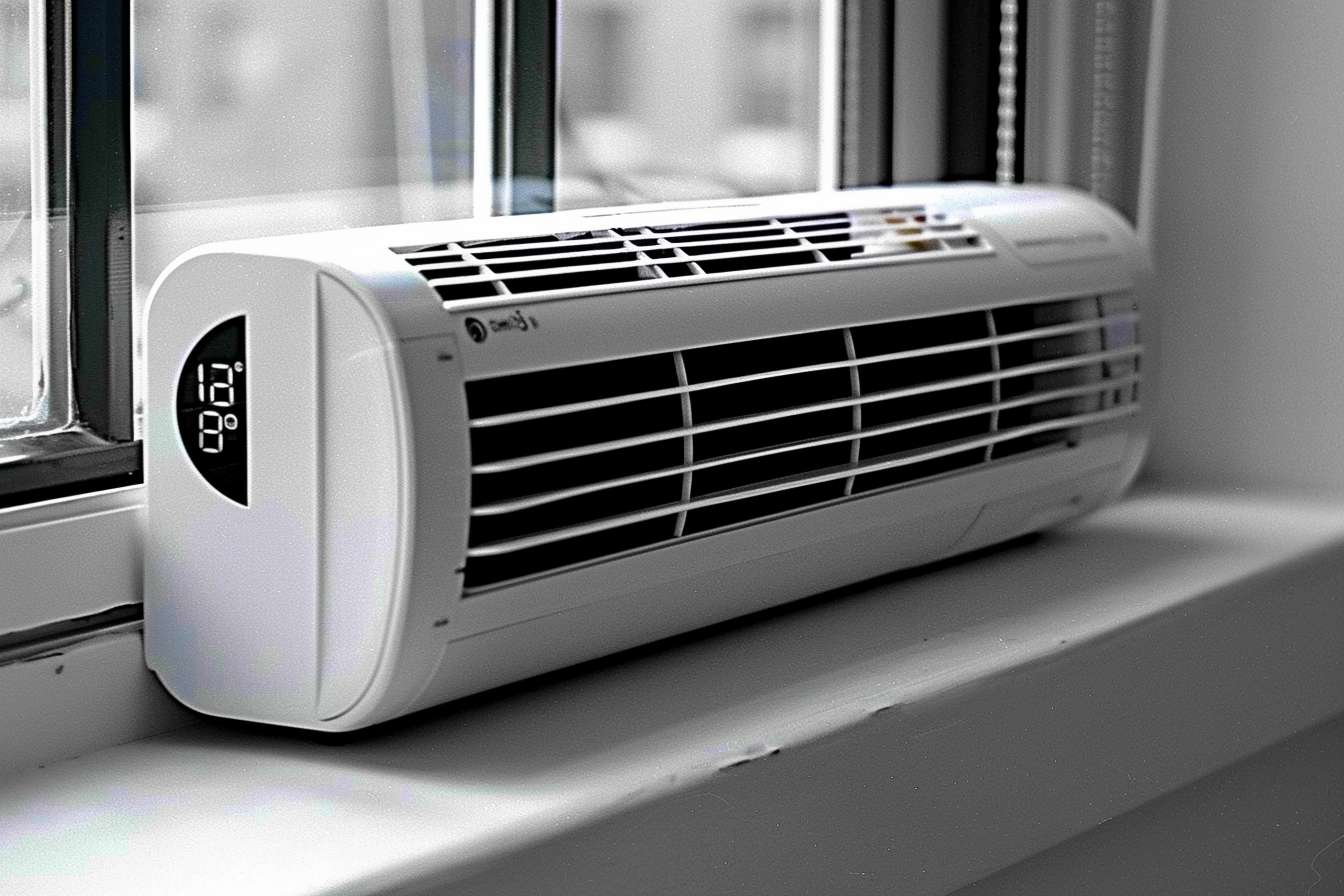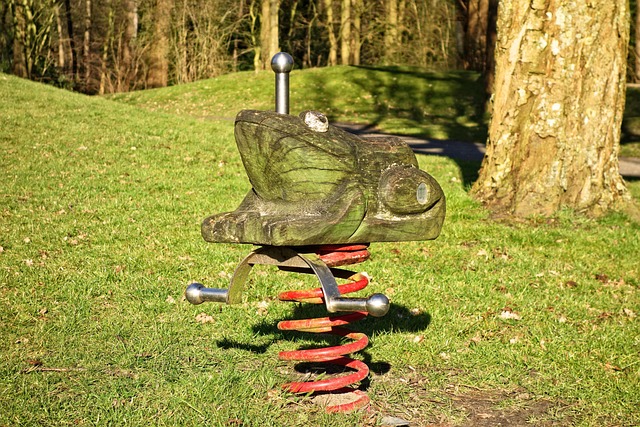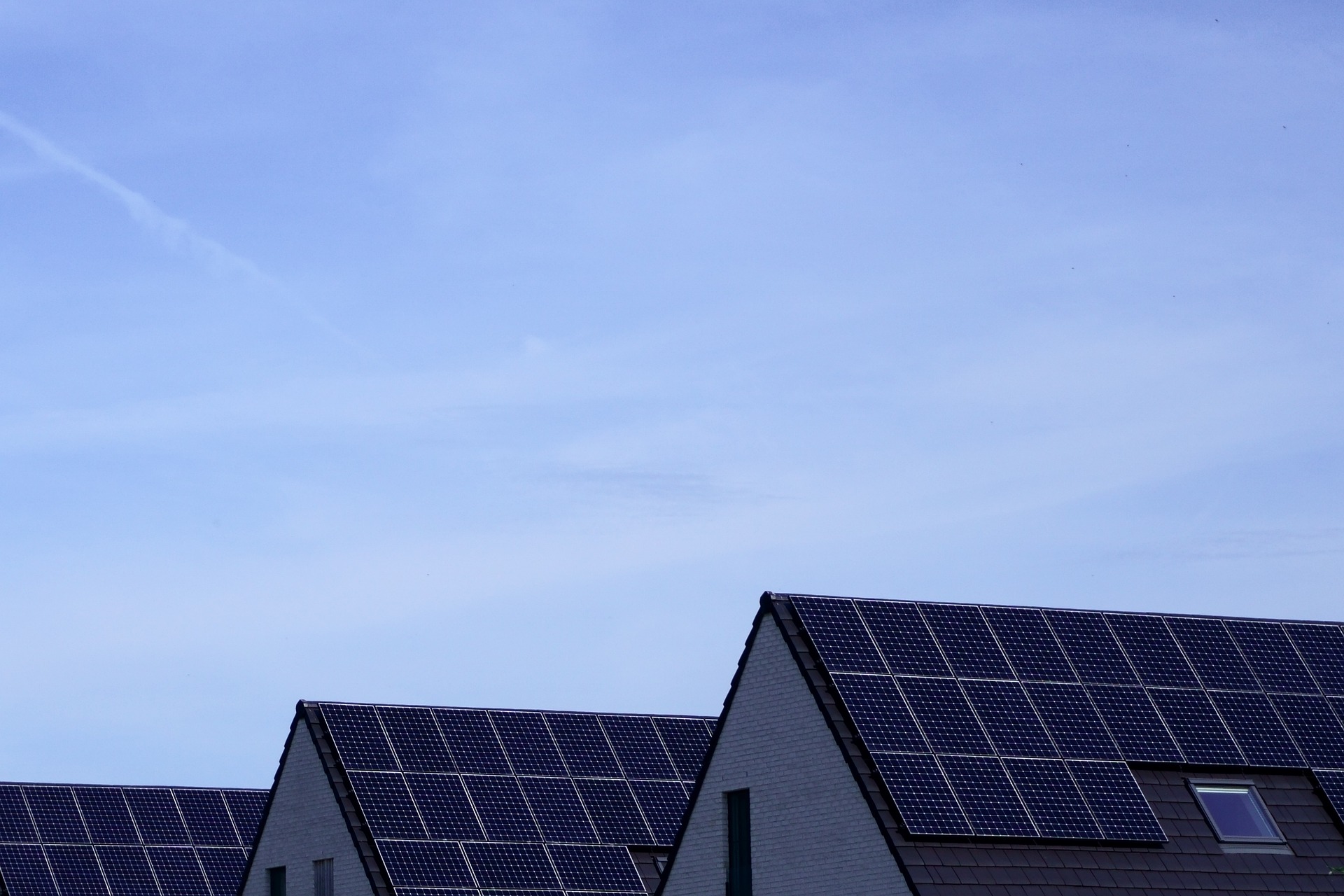Modern Home Cooling Solutions That Are Replacing Ceiling Fans
Wondering what’s replacing ceiling fans? Discover modern cooling upgrades designed for comfort and efficiency. From sleek air conditioning units to energy-smart ventilation, explore how today’s solutions keep your space cool, stylish, and perfectly suited to modern living.

As temperatures continue to climb year after year, traditional cooling methods like ceiling fans are increasingly being supplemented or replaced by more effective solutions. Portable air conditioners represent one of the most versatile modern alternatives that homeowners are turning to for reliable temperature control. Unlike ceiling fans that merely circulate existing air, these contemporary cooling systems actually reduce ambient temperatures and provide customizable comfort for various living spaces.
How Modern Cooling Solutions Outperform Traditional Fans
Ceiling fans have long been valued for their simplicity and energy efficiency, but they have fundamental limitations. They work by creating air movement that helps evaporate moisture from the skin, creating a cooling sensation without actually lowering room temperature. Modern cooling alternatives like portable air conditioners function differently by actively removing heat and humidity from the air.
Portable air conditioners use refrigeration technology to extract heat from indoor air and expel it outside through an exhaust hose. This process not only lowers the actual temperature but also reduces humidity levels, creating a more comfortable environment during hot, muggy weather. Many contemporary units also include air purification features that remove allergens and pollutants, providing benefits beyond what traditional fans can offer.
Additionally, modern cooling solutions often come equipped with programmable timers, remote controls, and smart home integration capabilities. These features allow homeowners to precisely control their indoor climate even when they’re not home, optimizing both comfort and energy usage in ways ceiling fans simply cannot match.
Benefits Of Modern Cooling Systems Over Traditional Fans
The advantages of contemporary cooling technologies extend well beyond basic temperature control. One significant benefit is the ability to cool specific zones or rooms rather than running central air throughout an entire home. This targeted approach can substantially reduce energy consumption and utility bills during warmer months.
Portable air conditioners offer exceptional flexibility, allowing users to move cooling power wherever it’s needed most. This adaptability makes them ideal for renters, people in temporary living situations, or homeowners who want to supplement existing cooling systems without permanent installation. Unlike ceiling fans that remain fixed in one location, these units can follow you from the living room during the day to the bedroom at night.
Modern cooling solutions also provide much-needed relief during extreme heat events, which are becoming increasingly common. While ceiling fans may provide minimal comfort during mild warm spells, they become largely ineffective during intense heat waves when indoor temperatures soar. Portable air conditioners can maintain comfortable living conditions even when outdoor temperatures reach dangerous levels.
Ceiling Fan Alternatives That Keep Rooms Cool
The market now offers various alternatives to traditional ceiling fans, each with unique advantages for different living situations. Portable air conditioners represent just one category in a growing field of innovative cooling technologies designed for today’s homes.
Window air conditioners remain popular for their affordability and efficiency in cooling single rooms. These units have evolved significantly from earlier models, with many newer versions offering quieter operation, better energy efficiency ratings, and sleeker designs that blend more seamlessly with home décor.
Ductless mini-split systems provide another compelling alternative to ceiling fans. These systems consist of an outdoor compressor connected to one or more indoor air-handling units, allowing for customized temperature zones throughout a home without extensive ductwork. While more expensive initially, they offer exceptional energy efficiency and can significantly reduce long-term cooling costs compared to traditional central air systems.
Evaporative coolers (sometimes called swamp coolers) offer an environmentally friendly option in dry climates. These units use water evaporation to cool air rather than chemical refrigerants, consuming up to 75% less electricity than conventional air conditioners while still providing effective cooling in appropriate environments.
Energy-Efficient Cooling Alternatives For Your Home
As energy costs rise and environmental concerns grow, efficiency has become a primary consideration for homeowners selecting cooling systems. Modern alternatives to ceiling fans have made remarkable advances in this area, with many options now offering impressive cooling power while minimizing electricity consumption.
When shopping for portable air conditioners, the Energy Efficiency Ratio (EER) provides valuable guidance. Units with higher EER ratings produce more cooling output per unit of electricity consumed. Many contemporary models achieve EER ratings above 10, indicating excellent efficiency. Some newer portable units also incorporate inverter technology, which allows the compressor to run at variable speeds rather than simply turning on and off, further reducing energy usage.
Smart features contribute significantly to efficiency in modern cooling systems. Programmable thermostats, occupancy sensors, and Wi-Fi connectivity allow these devices to operate only when needed and at optimal settings. Some systems can even learn household patterns over time, automatically adjusting operation to maximize both comfort and energy savings.
Comparing Popular Portable Air Conditioning Options
When selecting a portable air conditioning unit, several factors beyond basic cooling capacity deserve consideration. The following comparison highlights some leading options currently available on the market:
| Model | Cooling Capacity | Key Features | Estimated Price Range | |——-|—————–|————–|———————-| | Whynter ARC-14S | 14,000 BTU | Dual hose design, carbon filter, 3-in-1 functionality | $450-$550 | | Black+Decker BPACT14WT | 14,000 BTU | LED display, 24-hour timer, sleep mode | $350-$450 | | SereneLife SLPAC10 | 10,000 BTU | Compact design, dehumidifier mode, washable filter | $300-$400 | | Honeywell HL14CESWB | 14,000 BTU | Thermal overload protection, auto-evaporation system | $500-$600 | | LG LP1419IVSM | 14,000 BTU | Dual inverter technology, low noise operation, Wi-Fi enabled | $650-$750 | —
Prices, rates, or cost estimates mentioned in this article are based on the latest available information but may change over time. Independent research is advised before making financial decisions.
The dual-hose models typically offer greater efficiency than single-hose units because they draw outside air for cooling the compressor rather than using already-cooled indoor air. This design prevents negative pressure that can draw hot air in from other parts of the home. However, single-hose models often cost less and may be adequate for smaller spaces or regions with milder summers.
BTU (British Thermal Unit) ratings indicate cooling capacity, with higher numbers suitable for larger spaces. For example, a 10,000 BTU unit typically cools rooms up to 300 square feet, while 14,000 BTU models can handle spaces up to 500 square feet. Purchasing a unit with appropriate capacity for your space ensures optimal performance and prevents excessive energy consumption.
Modern home cooling has evolved significantly beyond the basic air circulation provided by ceiling fans. Today’s portable air conditioners and alternative cooling systems offer powerful temperature control, improved energy efficiency, and versatile features that adapt to changing household needs. While ceiling fans still have their place in many homes, often working in conjunction with other cooling methods, the limitations of fans alone have become increasingly apparent as climate patterns shift and summer temperatures rise.
The transition toward more effective cooling solutions reflects both technological advancement and changing consumer priorities. As homeowners seek greater comfort, convenience, and control over their indoor environments, portable air conditioners and other modern alternatives continue to gain popularity as essential components of contemporary home climate management.



